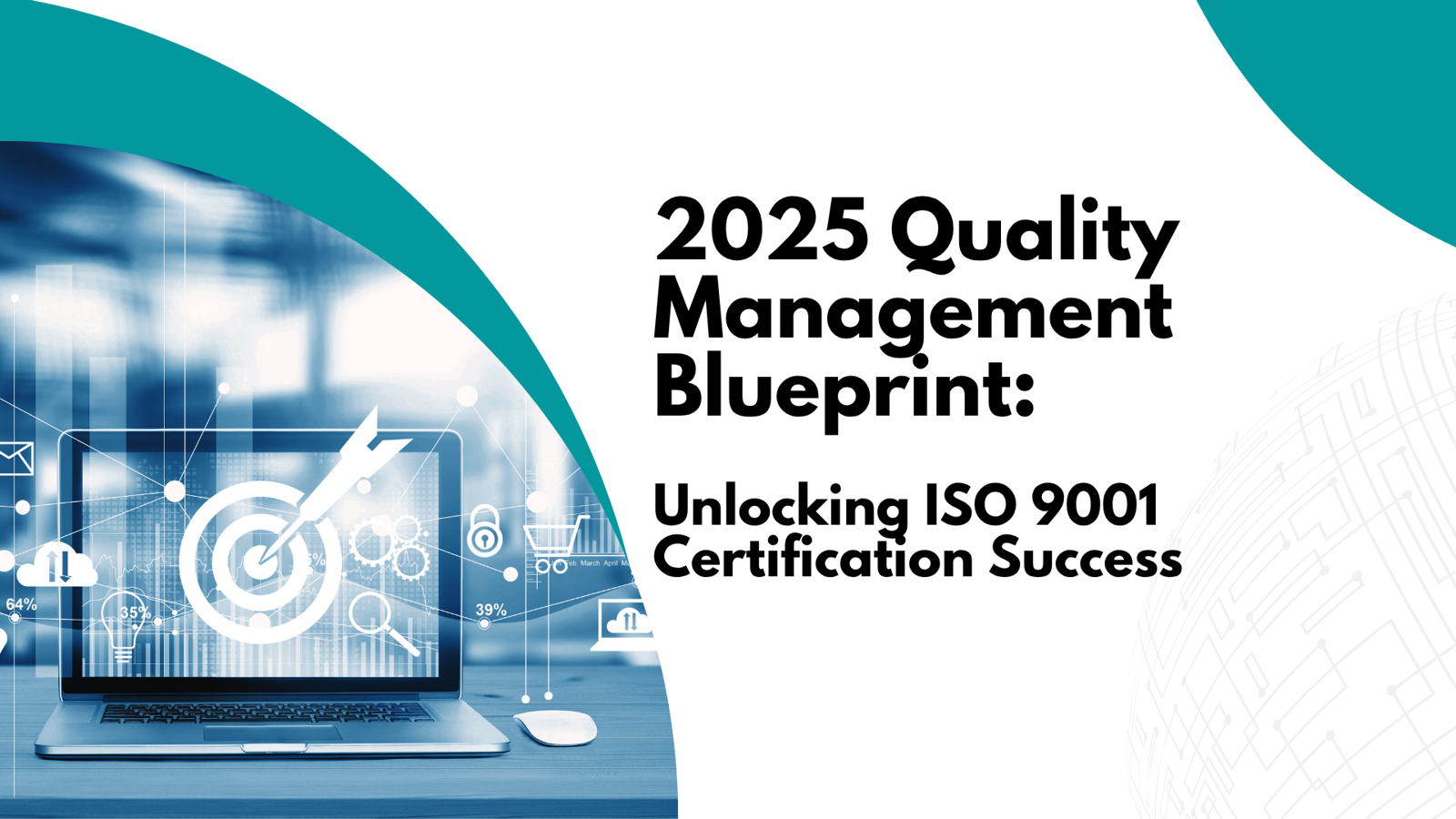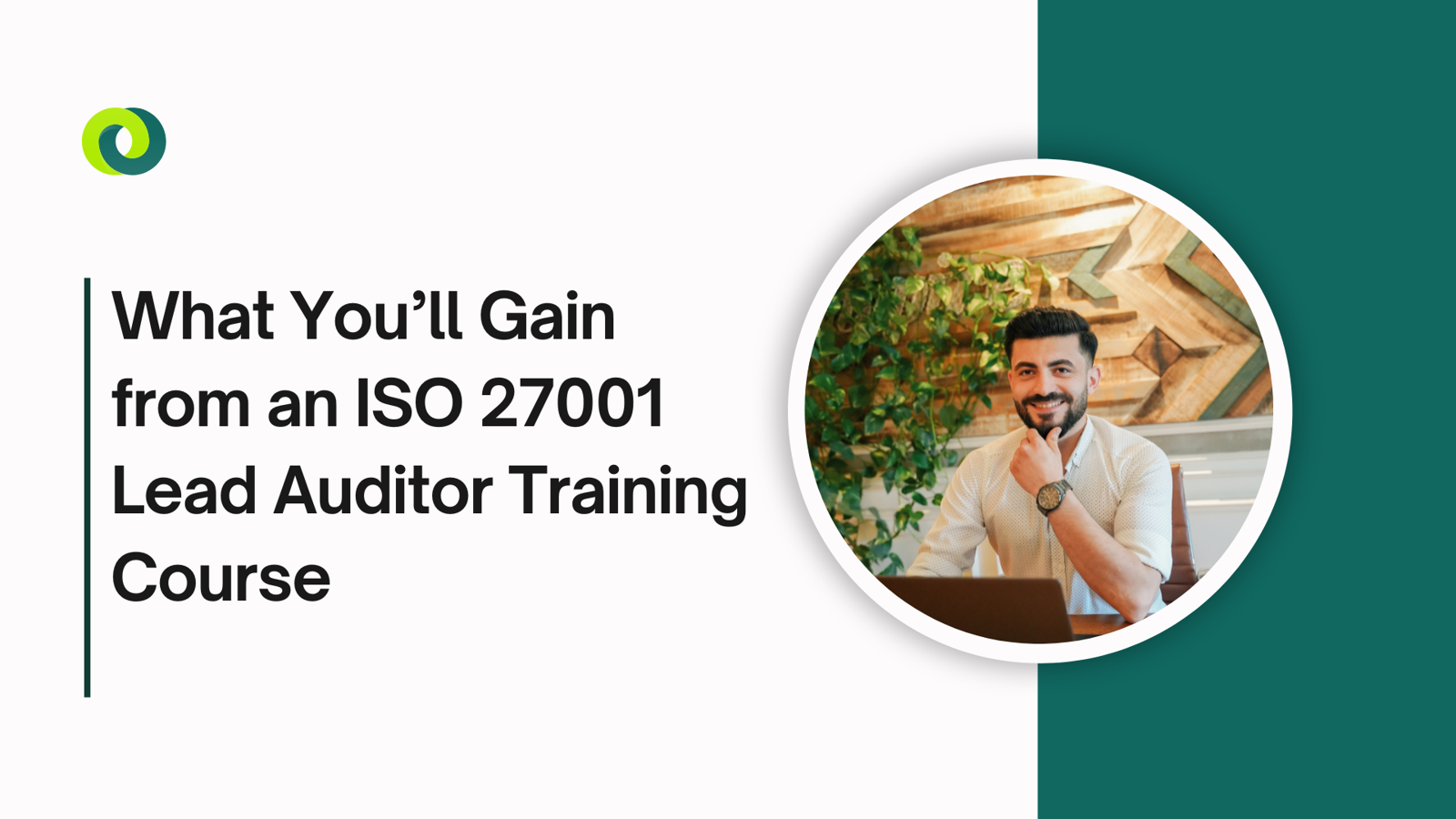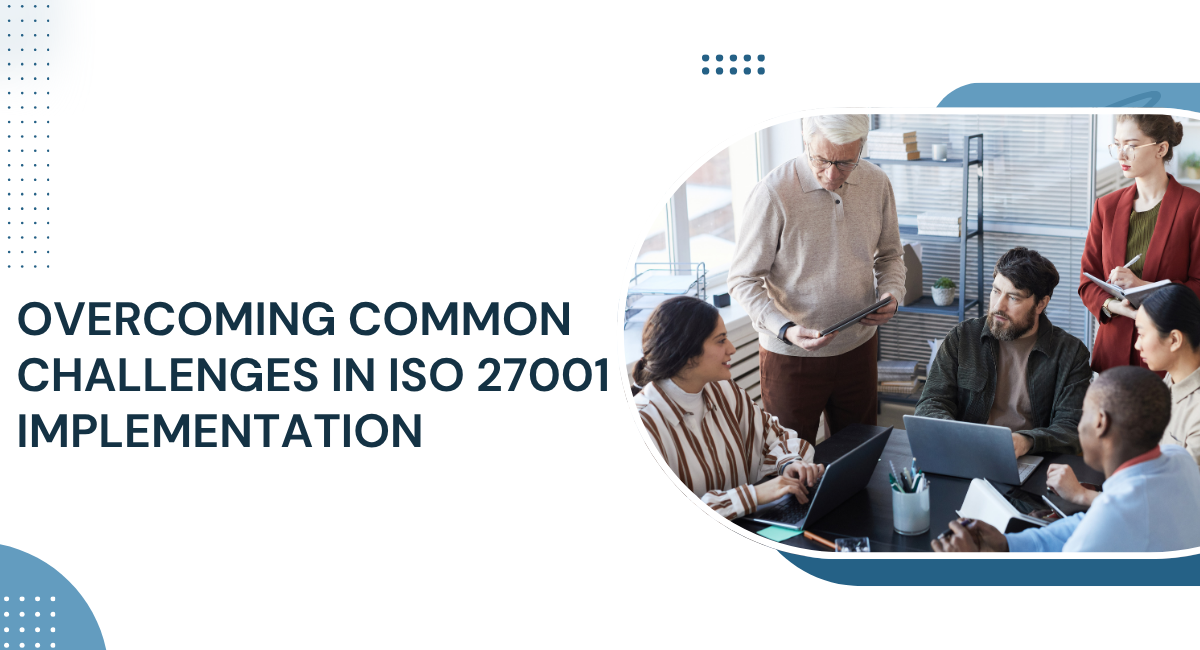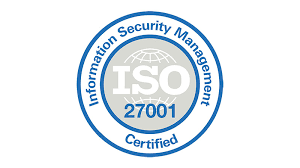
2025 Quality Management Blueprint
In today’s competitive and quality-driven business world, delivering consistent products and services isn’t just beneficial—it’s essential. That’s where ISO 9001 comes into play. Whether you're a startup establishing trust or a global corporation seeking operational excellence, ISO 9001 provides a reliable roadmap. In this 2025 guide, we’ll explore what is ISO 9001, what is ISO 9001 certification, and why it remains a cornerstone of quality management systems.
What is ISO 9001?
ISO 9001 is an international standard that outlines the requirements for a Quality Management System (QMS). It is published by the International Organization for Standardization (ISO) and is part of the larger ISO 9000 family of quality standards.
So, what is ISO 9001 in simple terms? It’s a set of structured guidelines that help organizations ensure their products and services consistently meet customer and regulatory requirements. It also supports continuous improvement of internal processes.
What is ISO 9001 Certification?
When an organization’s QMS complies with the requirements outlined in ISO 9001 and passes an external audit by an accredited body, it earns ISO 9001 certification. This certification serves as formal recognition that a company meets globally recognized quality standards.
In essence, what is ISO 9001 certification? It’s proof that your organization is committed to delivering high-quality results, improving customer satisfaction, and continuously refining its internal processes. The certification is valid for three years and includes annual surveillance audits to maintain it.
ISO 9001 Meaning and Its Relevance in 2025
To understand the ISO 9001 meaning, consider it as a quality framework that enables you to:
Focus on customer needs.
Improve your processes through consistent monitoring.
Reduce risks and increase efficiency.
Build trust with stakeholders and clients.
In 2025, when digital transformation, sustainability, and agility define competitive advantage, adhering to ISO 9001 principles positions businesses for long-term success. Whether you operate in healthcare, IT, manufacturing, education, or services—this standard brings universal value.
Why ISO 9001 Matters More Than Ever
1. Customer Satisfaction
At its core, ISO 9001 puts customer needs first. This ensures that you consistently deliver quality, boosting customer loyalty and positive brand perception.
2. Process Efficiency
The standard promotes a process-driven approach, helping businesses cut waste, reduce costs, and improve overall operations.
3. Risk Management
Incorporating risk-based thinking, ISO 9001 enables early identification of potential problems and proactive mitigation strategies.
4. Credibility and Trust
ISO 9001 certification enhances your reputation. Whether you're bidding for a project or entering a new market, it's a symbol of trust and competence.
5. Global Market Access
Being ISO-certified often opens doors to international business partnerships and government contracts.
7 Principles of ISO 9001
To truly embrace the ISO 9001 meaning, it’s essential to understand the foundational principles that the standard is based on:
Customer Focus
Leadership
Engagement of People
Process Approach
Improvement
Evidence-Based Decision Making
Relationship Management
These principles collectively guide organizations in aligning quality goals with business strategy.
ISO 9001:2015 Structure Still Valid in 2025
Even in 2025, the most current and accepted version is ISO 9001:2015. It is structured into 10 clauses following the Annex SL format:
Scope
Normative References
Terms and Definitions
Context of the Organization
Leadership
Planning
Support
Operation
Performance Evaluation
Improvement
These sections emphasize leadership involvement, strategic alignment, and performance monitoring—making your QMS more than just a document.
How to Get ISO 9001 Certified in 2025
The path to ISO 9001 certification involves several structured steps:
Step 1: Understand the Standard
Study the official ISO 9001 document and align it with your organizational goals.
Step 2: Perform a Gap Analysis
Compare your existing processes with ISO requirements to identify areas for improvement.
Step 3: Develop or Update Your QMS
Document key processes, responsibilities, and quality policies.
Step 4: Train Your Team
Ensure employees understand their roles and responsibilities within the QMS.
Step 5: Conduct Internal Audits
Evaluate your QMS for compliance and effectiveness.
Step 6: Management Review
Assess performance data and align with business strategy for continual improvement.
Step 7: Select a Certification Body
Choose an accredited third-party certification body.
Step 8: External Audit
The certifying body will conduct a two-stage audit to assess your QMS.
Step 9: Certification
Upon successful audit completion, you receive your ISO 9001 certification.
Common Misconceptions About ISO 9001
Let’s bust a few myths that surround ISO 9001:
Myth: ISO 9001 is only for large companies.
Fact: It’s ideal for businesses of any size and industry.Myth: It’s all about documents.
Fact: It’s about effective processes, not just paperwork.Myth: ISO 9001 is too complex.
Fact: With proper planning and training, implementation is straightforward.
Tech & Trends: ISO 9001 in the Digital Age
In 2025, organizations are increasingly using digital tools to streamline their QMS processes. Cloud-based QMS platforms, automation, and AI-powered analytics are being integrated to ensure faster audits, real-time tracking, and predictive quality management.
Adopting these tools can enhance your implementation and monitoring of ISO 9001 certification requirements, making your system more agile and scalable.
Tips for a Successful ISO 9001 Journey
Involve Top Leadership – Their support is crucial.
Keep It Practical – Customize processes for real business value.
Monitor KPIs – Use data to drive decisions and improvements.
Communicate Frequently – Keep all departments aligned.
Embrace Continuous Improvement – Treat ISO 9001 as a journey, not a destination.
Final Thoughts
Understanding what is ISO 9001, what is ISO 9001 certification, and the overall ISO 9001 meaning can transform the way your organization operates in 2025. It's not just a set of rules—it's a mindset shift that prioritizes quality, customer satisfaction, and innovation.
Whether you're planning to get certified or are maintaining your current QMS, the value of ISO 9001 lies in its ability to adapt, grow, and deliver long-term benefits across all sectors.













Write a comment ...